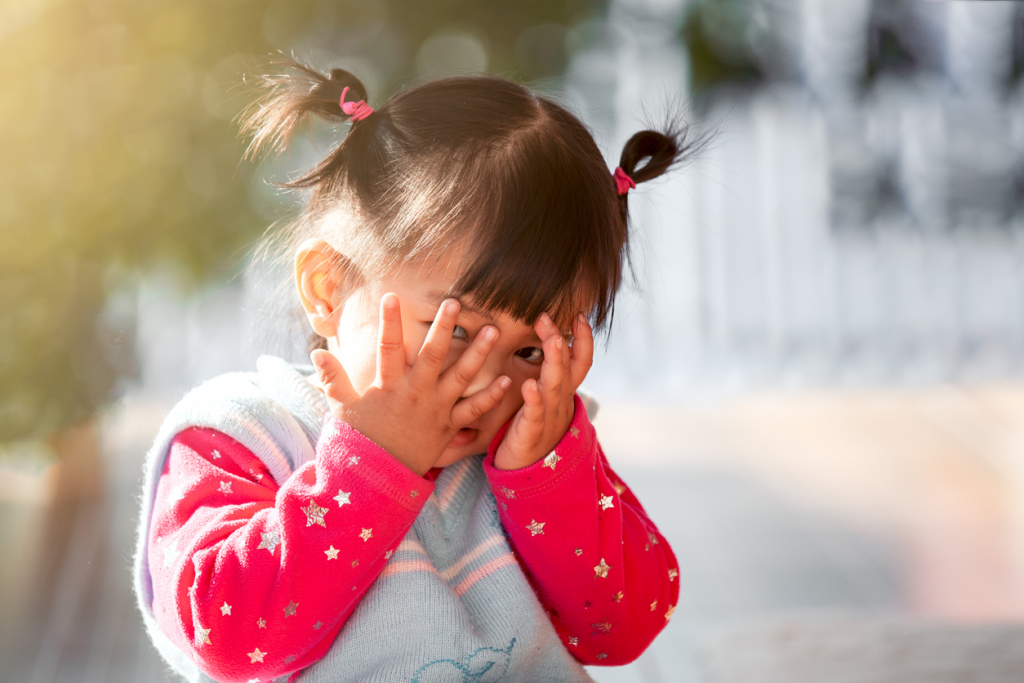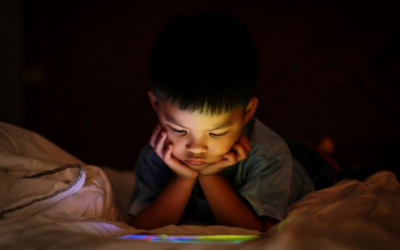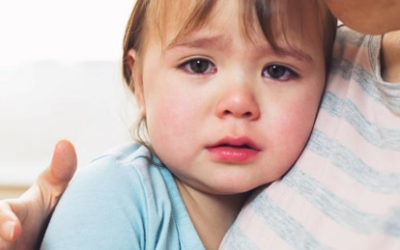Help your young child face their fears and learn to handle their emotions appropriately
Emotional development in young children means exploring and experiencing the full range of emotions, including fear. Although it may be challenging to deal with as a parent and often seems irrational, being afraid actually has positive benefits, such as helping children better their critical thinking skills, instincts, and the ability to practice caution. Fear can help keep your children safe as they encounter different situations and opportunities in life. Learn how to handle typical childhood anxieties as they arise and teach your child to manage their fears.
Facing fears
Feeling fear is a normal part of early childhood. Young children experience many changes as they grow, and as a result, have to adapt to new ideas and situations. The following fears are common, but not comprehensive; each child is an individual with unique concerns and perspective, so it’s not unusual to be afraid of something out of the ordinary.
Stranger danger: Many infants and young children go through a phase of feeling fearful of people they don’t know. In general, this form of anxiety is a good thing – children should be wary of strangers. However, a key part of socialization involves the ability to associate and relate to others. Respect their anxiety by not downplaying their reaction and reminding them through your words or actions that you are close by and will protect them. Also, provide safe social situations where they can practice meeting new people, such as story time at the library, or a playgroup with other adults and children present.
Separation anxiety: Feeling stress or sadness when separated from their caregiver is another typical childhood fear and a healthy indicator of attachment. Encouraging a sense of independence is an important part of growing up and being apart is a necessary fact of life. Help ease the transition by developing a consistent and predictable goodbye routine; don’t just wait for them to get distracted before sneaking away. Give your child a hug, explain when you’ll be back, and last, but definitely not least, don’t exhibit any of your own anxiety or uncertainty.
Imaginary fears: Children have wild imaginations and a blurry grasp on the distinction between fiction and reality; as a result, irrational fears are common. Whether it’s a made-up monster or something as broad as being afraid of the dark, the first step is to assure them that there is nothing to fear and that there is no danger lurking. The second step is to understand and accept that the first step is unlikely to work. Instead, give them the tools to conquer their fears, whether that’s a pre-bedtime ritual that involves spraying a water bottle full of “monster repellant” under beds and in closets or the simple addition of a nightlight.
Situational anxiety: So many experiences are new to children that it’s natural for them to feel afraid of the unknown. Things like storms, fireworks, doctor visits, dentist appointments, or dogs may cause anxiety. Practice makes perfect when it comes to these situations, and preparation can make practice easier. Explain upcoming events to your child and find books that parallel these experiences in which the main character succeeds. Pretending can help too; practice being the doctor or dentist and patient with an emphasis on wanting to help.
Although managing your child’s fears can often feel frustrating, try to relate to their feelings and see the situation from their perspective. Model appropriate behavior, explain what’s happening or will happen next, provide support when they’re feeling fear, and keep trying new things.
Remember that your child will outgrow this phase and that experiencing fear is beneficial to their overall development.
The Virginia Infant & Toddler Specialist Network helps improve the quality of care for infants and toddlers through extensive resources, services, and education for caregivers. Learn more about how we can help you improve the standard of care.




